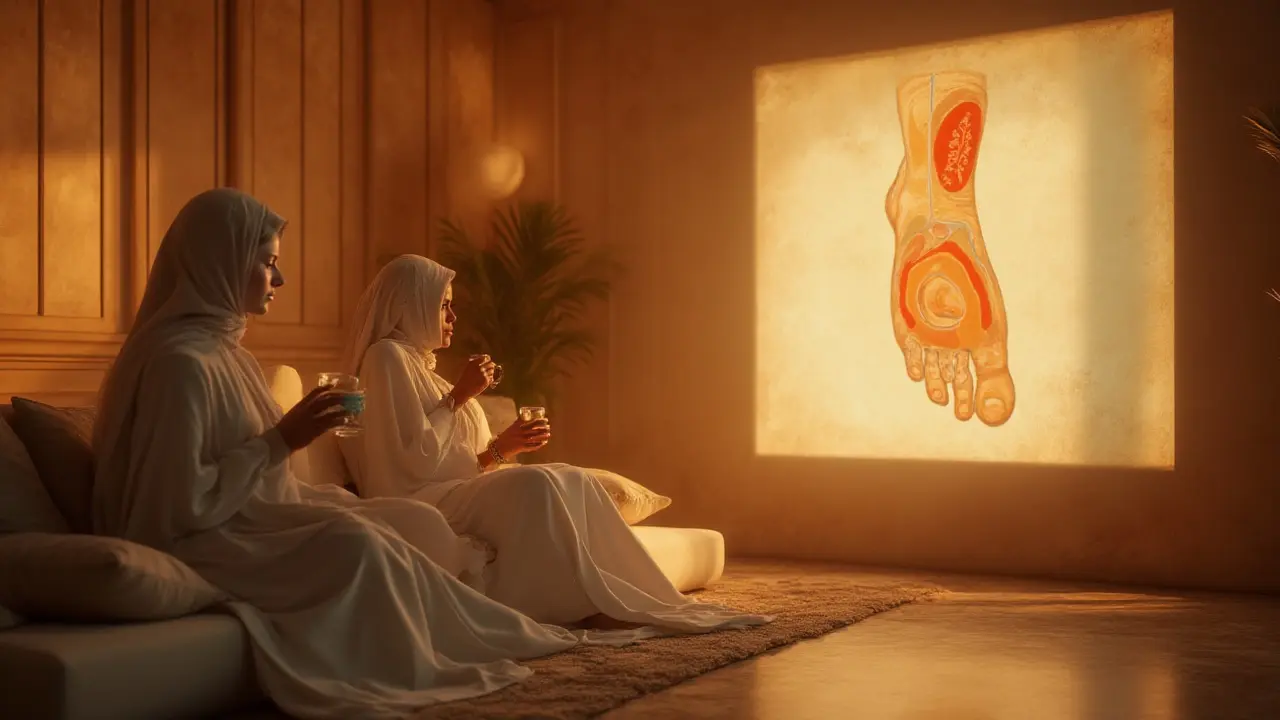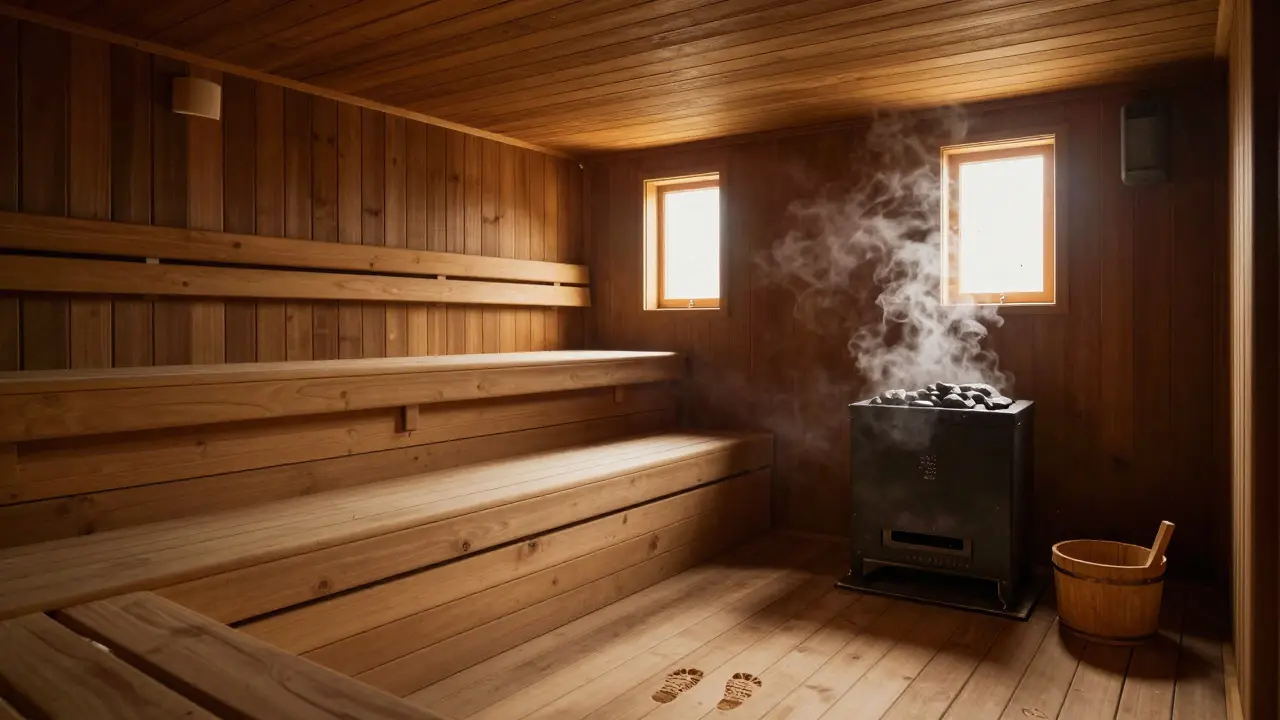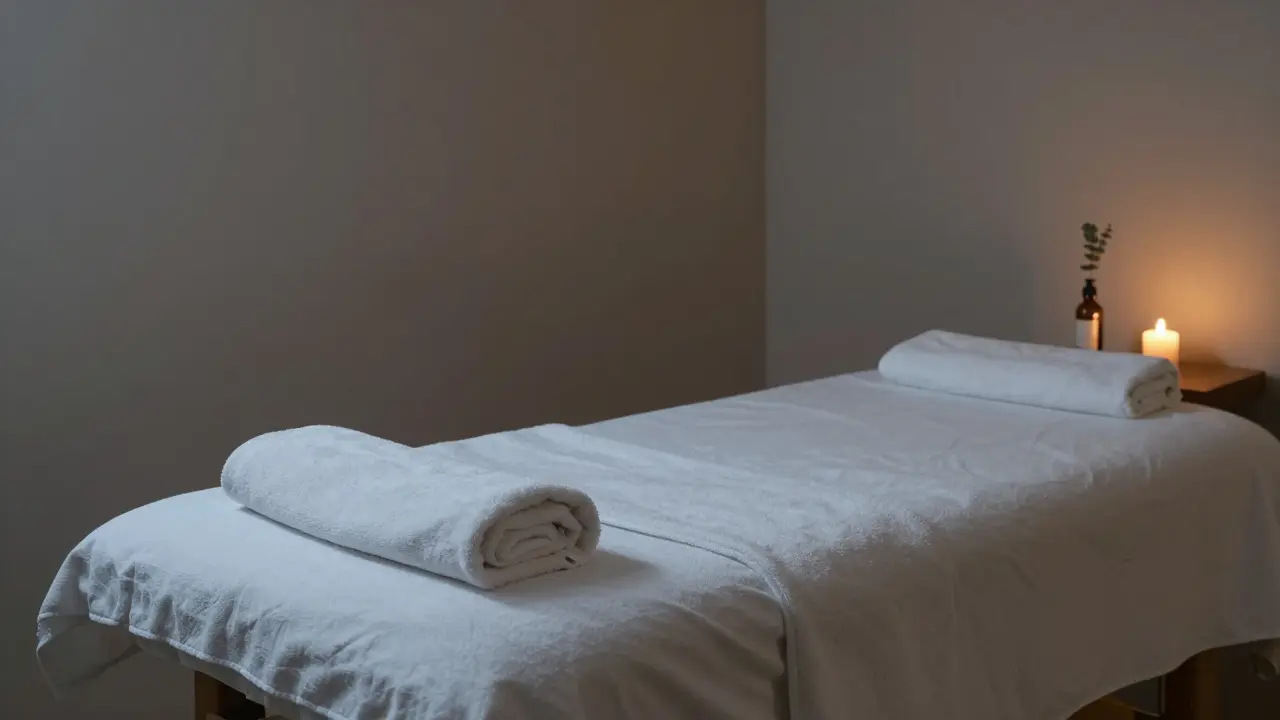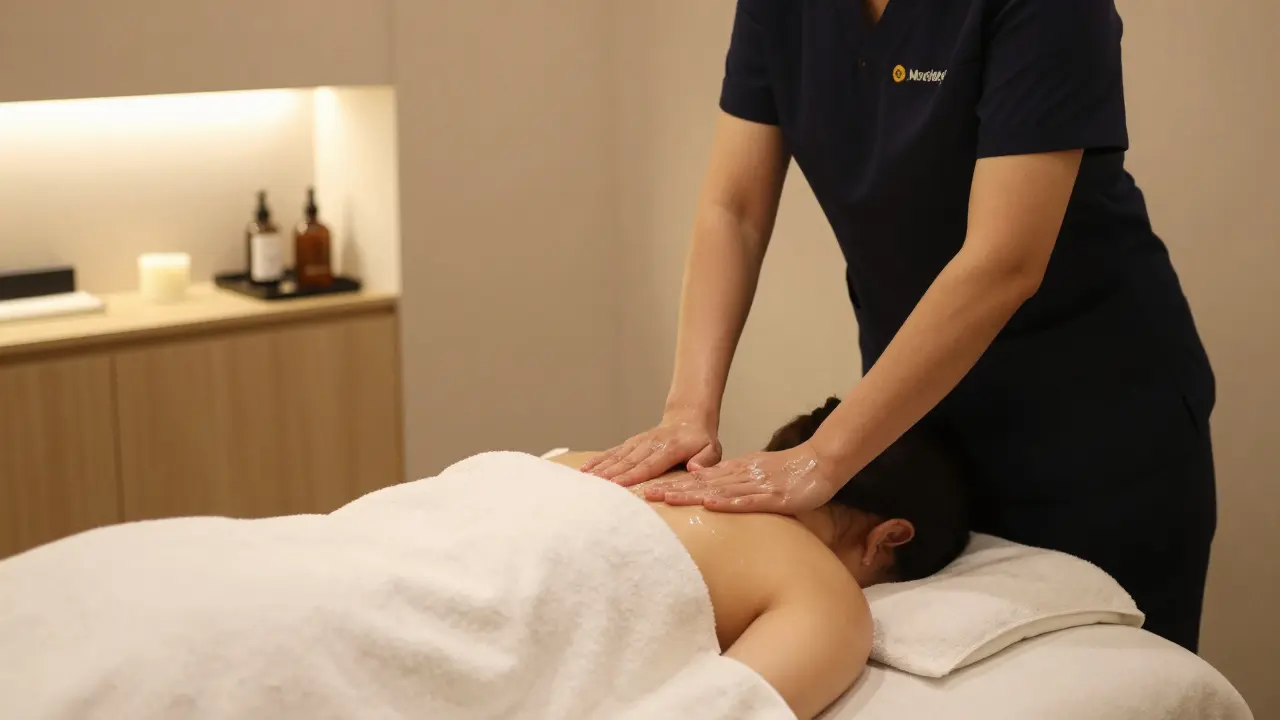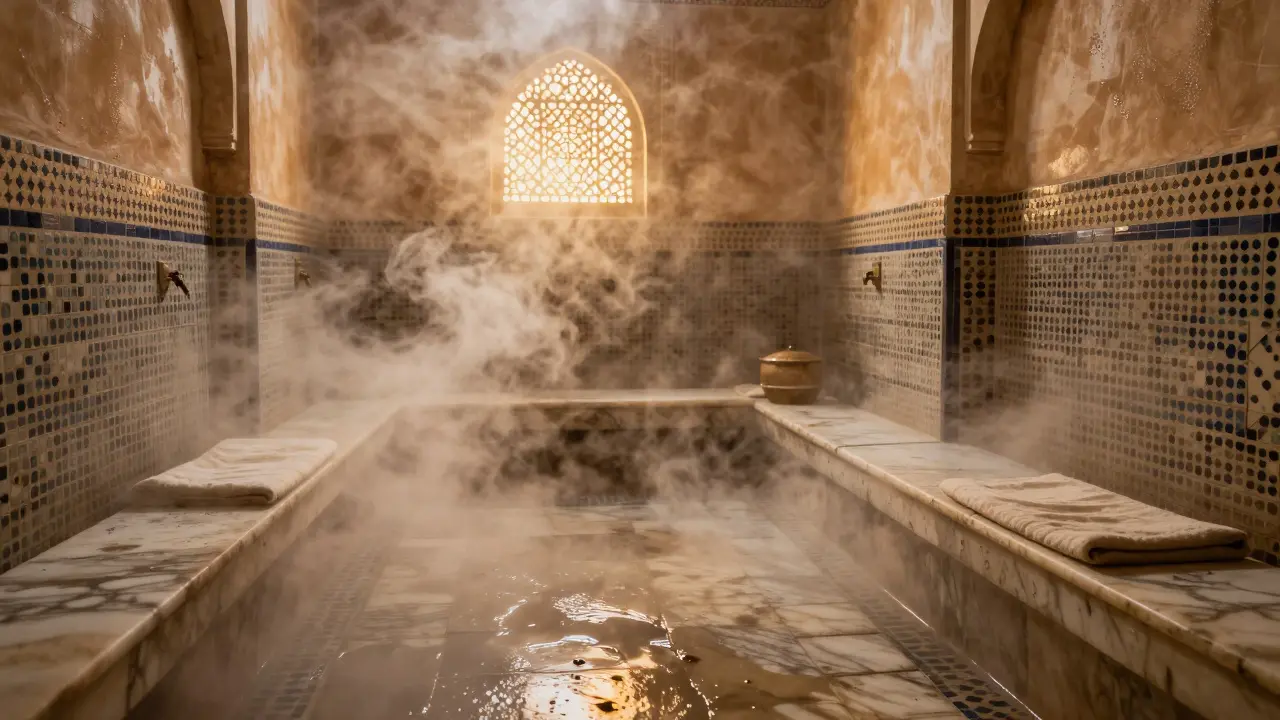Reflexology vs Massage: What’s the Real Difference?
If you walk into a Dubai spa and see both reflexology and massage on the menu, you might wonder which one is right for you. Both feel good, but they work in different ways. Below we break down the basics, the key benefits, and how to pick the right treatment for your needs.
What Reflexology Actually Is
Reflexology focuses on pressure points on the feet, hands, or ears. The therapist believes each point connects to a specific organ or body part. By applying firm but gentle pressure, reflexology aims to improve circulation, reduce stress, and help the body heal itself.
Typical sessions last 30 to 60 minutes. You stay fully clothed, and the therapist only works on your feet or hands. It’s a quiet, low‑movement experience – great if you want a calm mental reset without a full‑body stretch.
What a Traditional Massage Offers
Massage uses hands, elbows, and sometimes forearms to rub, knead, and stretch muscles. It can target a specific area like the back, shoulders, or legs, or cover the whole body. The goal is to loosen tight muscles, improve blood flow, and relieve pain.
Massage sessions usually run 60 to 90 minutes and may involve oils or lotions. You’ll often undress to your comfort level, and a sheet is used for privacy. It’s more physical than reflexology, making it a solid choice for sports recovery or deep muscle tension.
How to Choose the Right Treatment
Ask yourself what you need right now. If you’re dealing with chronic stress, headaches, or want a gentle way to support overall health, reflexology is a good match. It’s also handy if you have limited mobility and can’t lie flat for a full‑body massage.
If you have sore muscles from a workout, stiff neck, or a specific injury, a massage will likely give you faster relief. Different massage styles – Swedish, deep tissue, sports – let you tailor the pressure to exactly what you need.
Consider the setting, too. In a busy Dubai spa, a quick 30‑minute reflexology session can fit into a lunch break, while a massage might require a longer appointment and a quieter room.
What to Expect in a Dubai Spa
Both treatments start with a brief chat about your health history and what you hope to achieve. The therapist will then guide you on how to position yourself and what to wear.
During reflexology, you’ll sit in a comfortable chair while the therapist works on your feet. You’ll feel pressure on specific spots, and many people notice a soothing sensation spreading through the body.
During a massage, you’ll lie on a padded table, covered with a sheet. The therapist will use oil or lotion and may ask about pressure levels. You’ll feel kneading, stretching, and sometimes rhythmic tapping.
Both end with a few minutes of rest, giving you time to notice any changes in how you feel. Many clients report feeling calmer after reflexology and more mobile after a massage.
Bottom Line
Reflexology and massage each have a clear purpose. Reflexology is gentle, works through the feet or hands, and focuses on overall balance. Massage is hands‑on, targets muscle tension, and provides deeper physical relief. Your choice depends on your current health goals, time available, and personal comfort.
Next time you book a session at a Dubai spa, think about what your body needs today. Whether you pick reflexology or massage, you’ll walk out feeling refreshed and ready for the day ahead.

